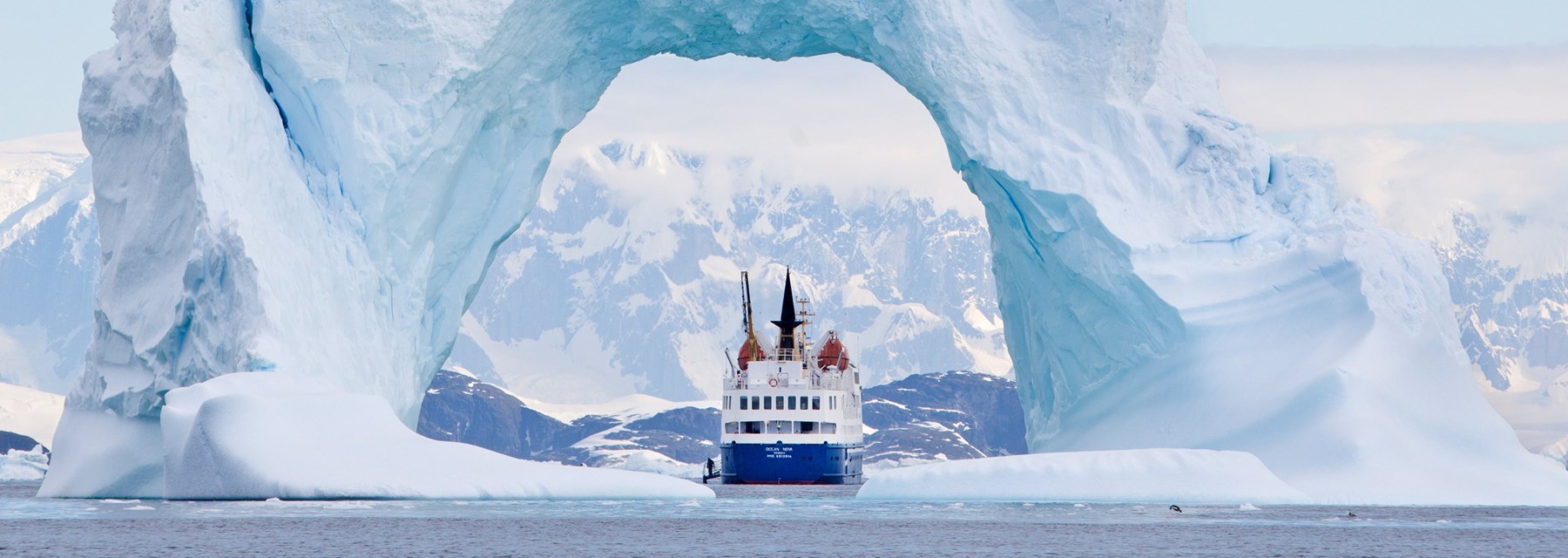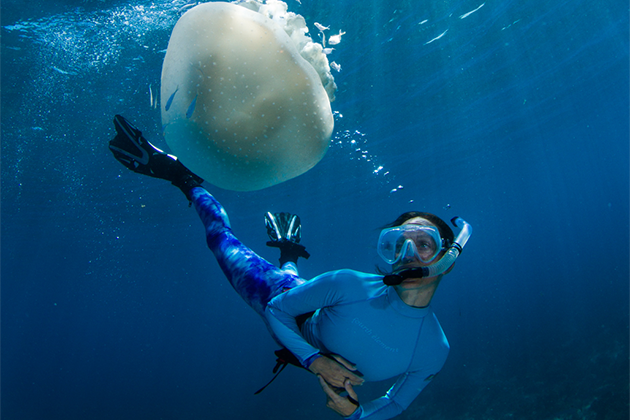Suggested packing list
The average temperature in the Antarctic Peninsula area during the austral summer is about 0°C (32°F), although sometimes it may feel lower because of the wind chill factor. For this reason, it is best to wear several layers of light, loose and warm clothing.
The expedition ship will provide a suggested packing list with your final documentation; however this is a preliminary packing list.
EXPEDITION CLOTHES
Parka (usually provided by the expedition ship). You should look for a lightweight, wind and weather-resistant shell with insulation. Bright colours are more visible, and safer in polar environments. Traditionally, Polar travellers wear red.
Warm trousers. Ski pants are suitable if you have them. Otherwise, bring any sturdy trousers that can be layered between your long underwear and rain over-trousers.
Waterproof pants (trousers). This is probably the most important clothing you can pack for a trip. А pair of water-resistant rain-pants made of coated nylon are essential. These are worn like shell for your legs. Look for Gore-Tex and other synthetic fabrics that are waterproof and breathable. These materials keep out wind and water without trapping excess heat. Due to environmental reasons, it is strongly recommended to bring waterproof trousers with no Velcro at the ankle and backpacks with no mesh.
Thermal underwear. You should select medium to thick thermal underwear, long sleeve thermal top, trousers and socks. Most people prefer a lightweight version — but this depends on your personal thermostat. Polypropylene fibres are warmer when damp or wet, than silk or wool, although the CSIRO has recently developed a fine wool product called Sportwool.
Sweaters or polar fleece jacket. Wool sweaters or a polar fleece jacket of medium weight are recommended.
Mittens and under-gloves. Keeping your hands warm and dry is an important challenge. Thin polypropylene gloves should be worn underneath warm mittens so you can take off your mittens to operate your camera and maintain some level of protection against the cold. These should be loose enough to permit good blood circulation. It’s a good idea to bring an extra pair of wool mittens to wear if your other pair gets wet or lost.
Woollen cap or fleece cap. A warm cap to protect your ears.
Scarf. A warm scarf can help you to protect your neck.
ONBOARD CLOTHES
Turtlenecks or t-shirts. Bring several practical turtlenecks or t-shirts for layering and use around the ship.
Ship Attire. Casual attire (expedition style) is the most appropriate apparel for the voyage. Clothing should be comfortable and informal, including shoes. There is no requirement to dress formally for any meals. It is recommended to have a fleece and a parka in hand during the day. Cruise wear should be lightweight and easy to care for.
Slightly dressier attire, such as sports jacket or blazer and collared shirt for men, and equivalent for women, is appropriate for the Captain’s dinner.
EXTRA ACCESSORIES
Backpack. A waterproof nylon backpack, rucksack, or similar bag for carrying your camera and other gear. Make sure your primary shore-landing bag has shoulder straps so that your hands are free, when boarding the Zodiac. It is very important that you have some way to keep your camera dry, particularly while you are on the Zodiacs.
The use of Zip lock plastic bags to keep cameras and electronic equipment dry is discouraged for environmental reasons and is prohibited while ashore on South Georgia. Invest in a waterproof camera bag or rucksack for your valuables when going ashore.
Sunglasses. High quality sunglasses with U.V. filter is recommended even on cloudy days, as the U.V. reflects powerfully, even when you don’t expect it. We do not require glacier glasses; your normal sunglasses will suffice, but polarized sunglasses are most effective. Tinted ski/snowboard goggles are also be useful if conditions are windy, snowy, etc.
Sunblock lotion. Protective sunblock lotion for your lips, hands and face. The reflected glare from water, snow and ice can be intense and will burn the skin of passengers in certain conditions. In any regard, it is highly recommended.
Camera, battery charger. It is advisable to take with you a good supply of memory cards and spare batteries since cold temperatures can reduce their life span.
Extra pair of prescription glasses. Extra pair of prescription glasses.
Bathing suit. For hotels, aboard some ships and (just maybe) a polar plunge.
Medicines. Prescription medicines and other remedies such as seasickness medication. Be prepared for rough water — also, please bring a signed and dated letter from your physician stating any health problems and dosage of medications, for emergency use.
Binoculars. A pair of binoculars for spotting whales and seabirds from deck is highly recommended.









